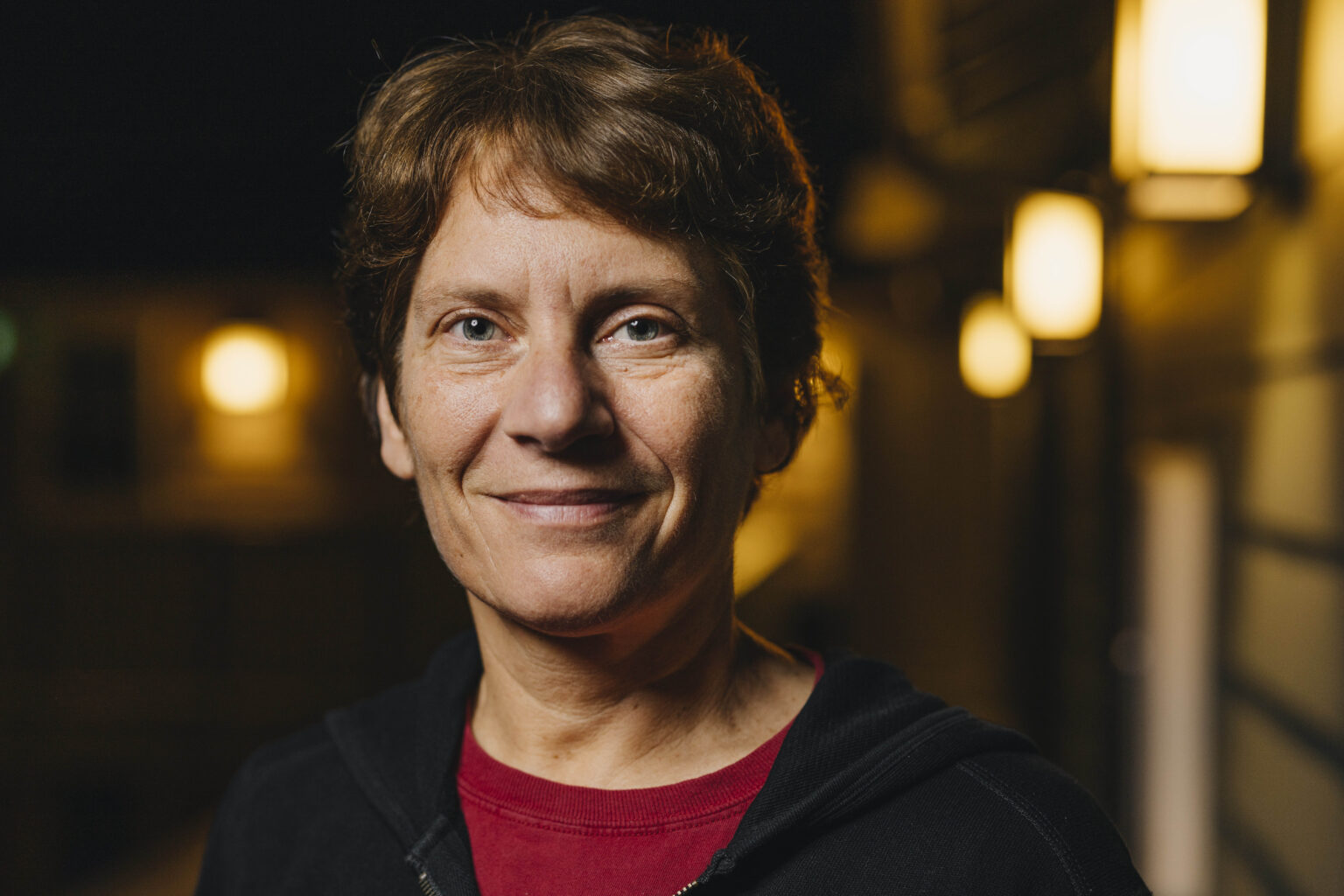Nobel winner Carolyn Bertozzi
There are no failures — only opportunities in unexpected outcomes

Early on Oct. 5, 2022, Carolyn Bertozzi learned she was a 2022 recipient of the Nobel Prize in chemistry for her development of bioorthogonal chemistry — a technique that allows chemical reactions to be carried out in living cells.
The first person she called was her 91-year-old father, William Bertozzi, PhD, a retired physics professor from MIT. He was thrilled. Together, he and one of her sisters watched the broadcast of the announcement, which was streamed live from Stockholm, an hour later.
“It was a stunning, shocking moment of excitement and exhilaration,” the peanut butter lover and Breaking Bad aficionado recalled of the life-changing moment. Within a couple of hours, her family was already booking flights to Stockholm for the award ceremony in December.
During her career at Stanford University, Bertozzi, PhD, the Anne T. and Robert M. Bass Professor in the School of Humanities and Sciences and a professor of chemistry, has been a prolific collaborator with researchers across the Stanford School of Medicine — exploring topics as varied as tumor biology, cancer immunotherapy and even COVID-19.
Bertozzi is also the Baker Family Director of Stanford University’s Sarafan ChEM-H, which was created to explore the interface between chemistry and human biology. We caught up with her to learn more about how such interdisciplinary collaborations have shaped her work.
Why is collaboration in research important?
I realized the importance of collaboration in graduate school. This was the early days of interdisciplinary research that spans chemistry and biology, and we were learning to put our heads together.
If you want to be at the leading edge, it’s important to realize that the big breakthroughs come in the convergence of different areas of science, and the solutions to big problems often come from very unexpected places. And no one lab is going to be able to make all the necessary connections.
What makes a collaboration successful?
The best collaborations have a certain ethos to them. First and foremost, both faculty members must be interested in the project. It can’t be a one-way street.
Next, both labs have to have a person on the ground who is dedicated to the project and who can actually execute the idea, as well as the physical space and the bandwidth to dedicate to the project. It can’t be just that I’m excited about an idea.
Finally, good communication is essential so each party understands and appreciates the other’s hard work when it comes to reporting the findings.
How can diversity help with research?
Diversity in a lab can make a huge difference in science. If a lab has no women, no people of color, no queer people, it’s going to be difficult to recruit those people later.
If the faces of science are primarily white dudes, researchers of other backgrounds will take their talent somewhere they don’t feel so marginalized. And talent is a rare thing; there’s not enough talent to go around for everyone who wants to hire that talent. So my approach has been to foster the most inclusive and welcoming lab that I can and to cultivate a diverse group of scientists.
What lessons do you hope your mentees learn from you?
I hope they learn to take risks and think outside the box. And when these high-risk endeavors fail, as they sometimes do, they don’t get demoralized. Don’t get too hung up on what you thought would happen; understand what did happen and make the best of that and be ready to pivot.
If the experiment was well thought out and designed, there really is no failure. It’s just an outcome you didn’t anticipate, and you have the chance to learn something new and unexpected.

